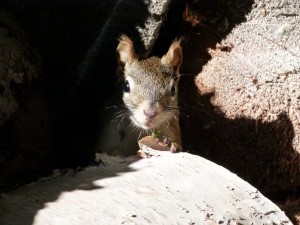 Charging rent is not the answer.
Charging rent is not the answer.
Raccoons are more likely to visit in winter, but they can and will get inside at any time of year. A mother may choose an attic as a safe spot for giving birth to and raising her young.
Warm Dens
Raccoons seek out warm dens in the winter to help protect them from the elements. They most commonly seek out hollow trees, but are opportunistic about other options. Raccoons have been known to take over the underground burrows of other animals, use caves or make dens in attics to keep warm. They sometimes den with other raccoons as well to take advantage of the mutual body heat, especially in severe winters.
Raccoons in the attic
As intelligent problem-solvers with great dexterity and determination, raccoons often find their way into attics at entry points where different building materials join. This might be where dormer junctions occur, where unpainted trim board creates structural defects, or where the building material itself is pliant, enabling them to push their way past, as is easily done with some plastic soffits.
Raccoons in the chimney
When a mother raccoon sees an uncapped chimney, she sees a perfect nursery. It’s a safe and sheltered place to give birth to and raise her young until they are able to get around on their own.
The fireplace chimney is usually preferred because the horizontal “smoke shelf ” is a convenient size to nestle with her kits, but she may also use the chimney venting a furnace.
Call a professional
If more immediate and direct intervention is required to remove raccoons, then we strongly recommend hiring Attic Solutions. Evicting a raccoon can be difficult. There are potential safely risks to the homeowner and humane concerns for the raccoons if the eviction isn’t done properly.
————————–
Image Source: Business Insider
Post Sources: Humane Society & Pets on Mom.me




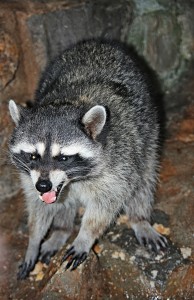
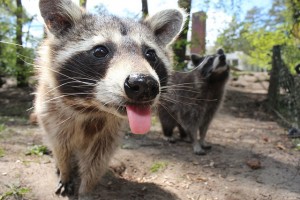


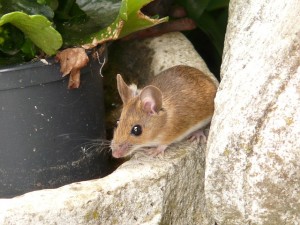
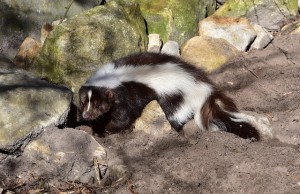
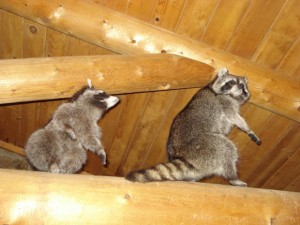
 There is nothing more frustrating than trying to remove an animal once it has decided to take up residence in your home! Whether they burrow under the foundation, or invade the attic, it can be both a time consuming and expensive process to evict them. Remember the old saying “An ounce of prevention is worth a pound of cure”? Well, that is very fitting! The following are some tips on preventing animals for making your home their home.
There is nothing more frustrating than trying to remove an animal once it has decided to take up residence in your home! Whether they burrow under the foundation, or invade the attic, it can be both a time consuming and expensive process to evict them. Remember the old saying “An ounce of prevention is worth a pound of cure”? Well, that is very fitting! The following are some tips on preventing animals for making your home their home.